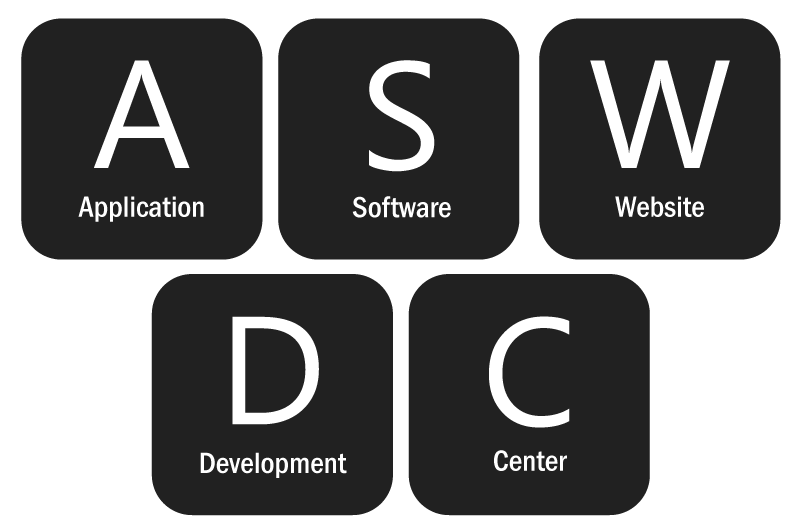Atoms MCQs
MCQs of Atoms
| 1. |
An electron with energy 12.09 eV strikes hydrogen atom in ground state, and gives its all energy to the hydrogen atom. Therefore, hydrogen atom is excited to _____ state.
|
||||||||
|
Answer:
Option (b) |
| 2. |
For the first orbit of hydrogen atom the minimum excitation potential is _____ C.
|
||||||||
|
Answer:
Option (c) |
| 3. |
The frequency of characteristics X-ray determines _____, property of the target
|
||||||||
|
Answer:
Option (b) |
| 4. |
A hydrogen atom absorbs 12.1 eV of energy and excited to higher energy level. How many photons are emitted during downward transition. Assume during each downward transition, one photon is emitted.
|
||||||||
|
Answer:
Option (c) |
| 5. |
The radius of second orbit in an atom of hydrogen is R. What is its radius in third orbit ?
|
||||||||
|
Answer:
Option (b) |
| 6. |
The ratio of energies of electron in the first excited state to its second excited state in H-atom is _____ .
|
||||||||
|
Answer:
Option (c) |
| 7. |
In an hydrogen atom, the radiation emitted is found to be in ultraviolet region due to transition between n = 4 to n = 3. During which of the following transitions will the light emitted be in infrared region ?
|
||||||||
|
Answer:
Option (d) |
| 8. |
|
||||||||
|
Answer:
Option (b) |
| 9. |
An α-particle of 10 MeV is moving forward for a head on collision. What will be the distance of closest approach from the nucleus of atomic number Z = 50 ?
|
||||||||
|
Answer:
Option (a) |
| 10. |
According to Bohr's hypothesis, the angular momentum of the electron in any stationary orbit of radius r is proportional to _____ .
|
||||||||
|
Answer:
Option (c) |

